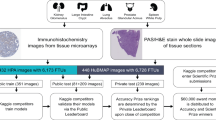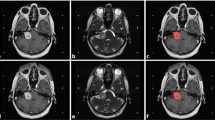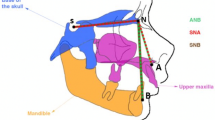Abstract
Formal ontologies have made significant impact in bioscience over the last ten years. Among them, the Foundational Model of Anatomy Ontology (FMA) is the most comprehensive model for the spatio-structural representation of human anatomy. In the research project MEDICO we use the FMA as our main source of background knowledge about human anatomy. Our ultimate goals are to use spatial knowledge from the FMA (1) to improve automatic parsing algorithms for 3D volume data sets generated by Computed Tomography and Magnetic Resonance Imaging and (2) to generate semantic annotations using the concepts from the FMA to allow semantic search on medical image repositories. We argue that in this context more spatial relation instances are needed than those currently available in the FMA. In this publication we present a technique for the automatic inductive acquisition of spatial relation instances by generalizing from expert-annotated volume datasets.
Similar content being viewed by others
Article PDF
Author information
Authors and Affiliations
Corresponding author
Rights and permissions
About this article
Cite this article
Möller, M., Folz, C., Sintek, M. et al. Extending the Foundational Model of Anatomy with Automatically Acquired Spatial Relations. Nat Prec (2009). https://doi.org/10.1038/npre.2009.3471.1
Received:
Accepted:
Published:
DOI: https://doi.org/10.1038/npre.2009.3471.1



